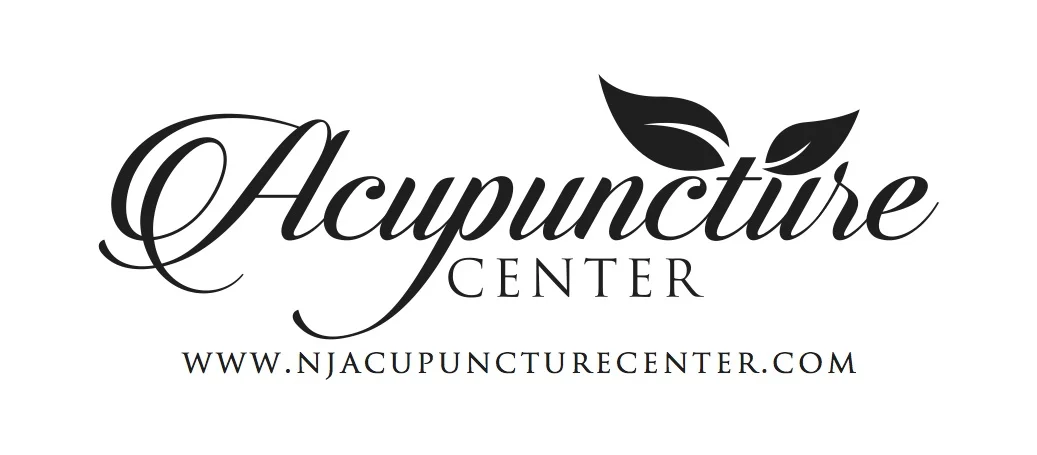A Lesson in Acupuncture Vocabulary
/We all may be finding ourselves with some extra time on our hands right now as we shelter in place, which many means some extra time for reading!
We were so happy to see this recent piece in Allure, that covers all the terms acupuncture patients should know.
We love seeing new patients, and know for many that their first time receiving acupuncture can be a bit overwhelming or confusing, and appreciated the time Allure took to spell out some of the most important terms.
Knowledge is power, and before your next treatment, be sure to brush up on your acu-vocabulary to make the most of your experience.
Here are the terms they clarified, as well as a few others we happen to think a e important, plus some extra information, too!
As always, please contact us with any questions — we love working with our patients to educate and empower!
Acupuncture
The practice of acupuncture is essentially the act of, “painlessly piercing the skin with ultra fine stainless steel needles, which penetrate anywhere from .5 to 1 inch deep, depending on the treatment. The needles, and their precise placement, are believed to realign one’s energy force (see “qi”) by prompting a healing response within the body. The practice was first documented in approximately 100 B.C.; today more than 10 million treatments are administered annually in the United States. And that number might be poised to explode; as of this year, Medicare will cover acupuncture for those seeking relief from chronic lower back pain.”
Assisted Reproductive Therapy (ART(
One of our favorite conditions to treat is infertility — as we truly believe in the power of acupuncture on helping women to conceive. In the medical world, fertility treatments are often called ARTs or Assisted Reproductive Therapies. This includes IVF and IUI.
Distal Points
Distal points are points on the body that may be manipulated that are not located near the area of body hat is of concern. Two points can be distal, “meaning they fall along the same energy pathway (aka, meridians) and are therefore believed to be connected.”
Fascia
Fascia is the, “collagen-rich connective tissue that surrounds and connects muscles and organs.” It is believed acupuncture works to help support healthy fascia which can result in pain relief and increased mobility.
Meridians
This is the essential part of acupuncture — the, “conceptual pathways along which energy moves throughout the body.” All acupoints (the physical locations where acuneedles are inserted) fall along different meridians. “ There are hundreds of acupoints in the body, but the hands, feet, and ears, in particular, are hot spots.”
QI
This is a big one — it is the basis of much of eastern and traditional Chinese medicine (TCM.) Qi, essentially, is the body’s energy force. When it is blocked or not flowing properly, your inner imbalance is thrown off which can lead to a slew of health issues. Acupuncture aims to restore the balance of qi.
i


